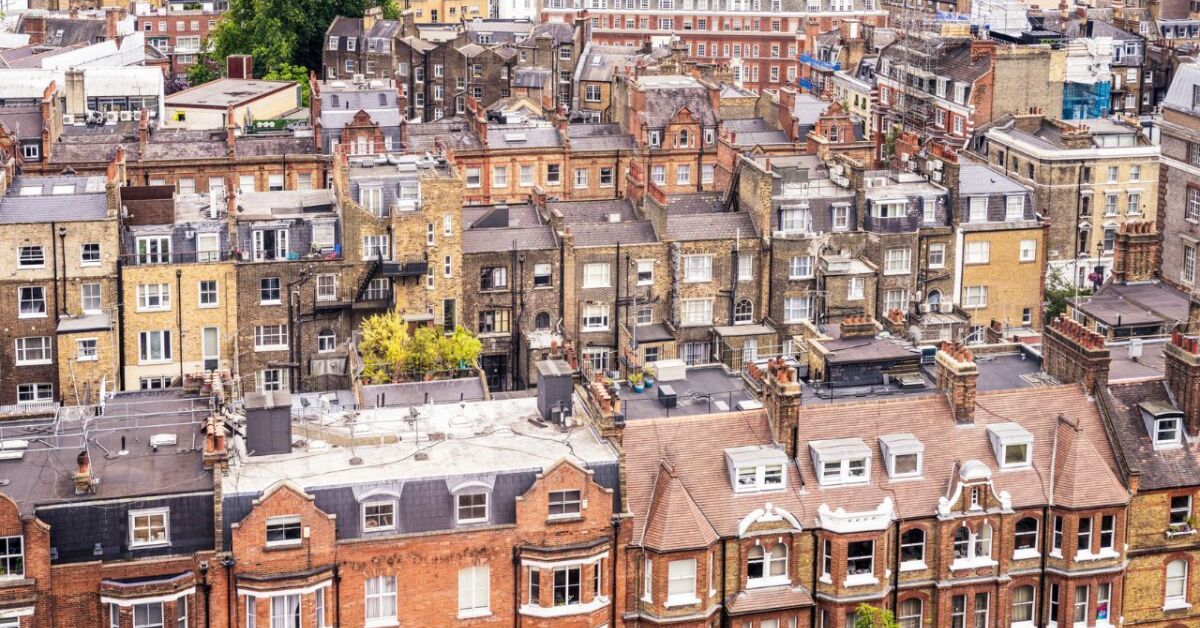UK House Prices Return to Growth Amid ‘Broad Stability’ in Market

Key Takeways:
- House prices are stabilising — Values rose 0.5% in September to an average of £271,995, signalling a steady recovery after the summer lull.
- Policy signals will drive sentiment — Confidence hinges on the November Budget and whether the Bank of England trims rates in the coming quarters.
- Growth is uneven across regions — Northern Ireland leads with 9.6% annual growth, while parts of southern England are close to flat, reflecting a selective market.
The Property Market Bounces Back — But Cautiously
After a sluggish summer, the UK housing market is showing tentative signs of life again. According to Nationwide Building Society, house prices rose by 0.5% in September, reversing a 0.1% dip in August and pushing the average property value up to £271,995.
On an annual basis, growth edged up from 2.1% to 2.2%, marking a steady if modest return to momentum. Nationwide’s chief economist Robert Gardner described the current landscape as one of “broad stability,” with the number of mortgage approvals hovering around 65,000 per month — roughly in line with pre-pandemic norms.
Despite a backdrop of global economic uncertainty, Gardner noted that several underlying factors remain supportive for UK homebuyers.
“Unemployment is low, earnings are rising at a healthy pace, household balance sheets are strong and borrowing costs are likely to moderate a little further,” Gardner explained, adding that a potential Bank of England rate cut could further strengthen affordability in the coming quarters.
Interest Rates, Inflation, and the Autumn Budget Shadow
The Bank of England held its base rate at 4% last month after five consecutive cuts since last summer. While the gradual easing of rates has helped restore some confidence, Governor Andrew Bailey urged continued caution, given that inflation remains stubborn at 3.8%.
For many buyers and sellers, the next major trigger for market activity will be Chancellor Rachel Reeves’ second Budget on 26 November.
Estate agent Amy Reynolds of Antony Roberts said the upcoming fiscal announcements are already influencing behaviour:
“With the summer market now out of the way — which was surprisingly resilient — many buyers are now waiting to see what the Budget might bring.”
Over the summer, the Treasury floated a controversial proposal for a new tax on homes sold for over £500,000, alongside a broader review of stamp duty and council tax. While no official measures have yet been confirmed, even the suggestion of reform has caused some uncertainty at the higher end of the market.
Developers Cautious as Confidence Softens
On the construction side, Taylor Wimpey reported a slowdown in activity. In its latest trading update, the housebuilder said its net private sales rate slipped to 0.65 per outlet per week in the nine weeks to 28 September, compared with 0.7 over the same period last year.
The company attributed part of the decline to the “impact of the delayed UK budget” on short-term customer confidence. Developers are now watching the political and fiscal landscape closely as they prepare for 2026.
Regional Market Breakdown: A Story of Contrasts
While the national picture suggests modest recovery, regional data reveals a patchwork of outcomes across the UK.
- London: Prices rose 0.6% in Q3, reaching an average of £527,694. However, growth remains uneven, with prime areas performing better than outer boroughs.
- Outer South East: A slight 0.3% increase brought the average price to £337,201.
- England Overall: Annual house price growth slowed to 1.6%, down from 2.5% in Q2.
- Northern Ireland: The star performer, with 9.6% annual growth — its second consecutive quarter leading the UK.
- Wales and Scotland: Posted 3% and 2.9% annual growth, respectively.
Property buying agent Jonathan Hopper of Garrington Property Finders described the market as being in “soft landing territory.”
“The pace of price rises has slowed in most regions, with prices almost stagnant in parts of southern England. Even in desirable areas, sellers are having to price their homes keenly just to grab attention,” he said.
In practical terms, many sellers are offering incentives such as contributing to buyers’ stamp duty costs or discounting asking prices to secure deals.
The New Normal: Realism Over Bidding Wars
After years of frenzied bidding during the pandemic, the current market feels subdued — and perhaps more sustainable. Buyers are taking longer to make decisions, and sellers are learning to manage expectations.
Agents across the country report that while demand hasn’t collapsed, there’s a clear shift toward realistic pricing and pragmatic negotiations. The days of sealed bids and 10% over-asking offers appear firmly behind us.
Reynolds summed it up succinctly: “Buyers are still out there, but they’re savvy. Value and timing now matter more than hype.”
What Could Happen Next?
Looking ahead, the market’s direction will likely hinge on three key factors:
Bank of England’s rate decisions — A small rate cut could boost mortgage affordability and revive demand.
Government housing policy — Any reforms to stamp duty or property taxes could either stimulate or stall activity.
Inflation trajectory — Sustained progress toward the Bank’s 2% target would strengthen consumer confidence.
Most economists expect the market to remain stable through early 2026, with low single-digit growth and continued resilience outside London.
Expert Tip: Prepare Before the Budget Hits
With speculation mounting over tax changes, buyers and sellers alike should review their positions before the November Budget.
If you’re planning to buy, locking in a mortgage rate now may help you avoid potential volatility. If you’re selling, consider completing your transaction before any potential stamp duty or property tax reforms take effect.
Related Reading:
How to Invest Under the UK’s New Property Fault Line
What’s Happening With UK House Prices? Latest Market Moves and 2025 Forecasts


